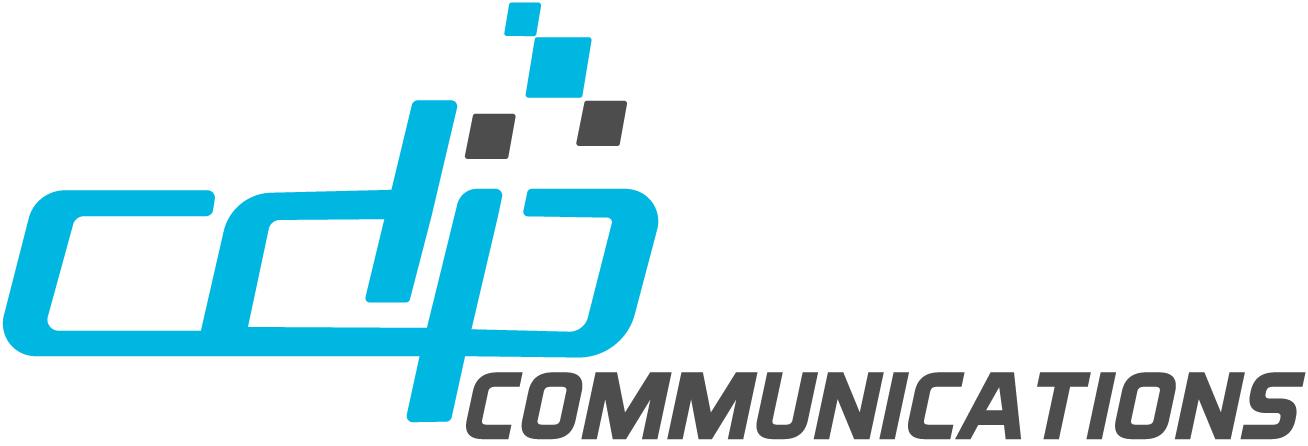The future of digital document accessibility is all about embracing automation. There is more and more digital content every day and with this increase, the importance of accessibility continues to expand. Sustainable, long-term digital accessibility requires integrating accessibility practices into the creation of digital experiences, including the vast universe of PDFs and other digital documents. The volume of content and the speed at which it is produced pose a significant challenge to maintaining accessibility. Automation emerges as the most practical and effective solution to support the remediation of a large volume of existing documents and to implement accessible designs in newly created content.
The Accessibility Challenge
The digital landscape is incredibly broad and goes way beyond just websites. It spans a whole range of digital documents, including PDFs and mobile apps. For any organization, the task of ensuring that a constant stream of enterprise transactional documents—like statements, bills, notices, and policy contracts—is accessible can be quite overwhelming.
To address accessibility at scale, advanced automation offers a promising solution. Tools capable of identifying common accessibility issues in digital documents and fixing them can significantly speed up the remediation process. This not only frees up time for tackling more complex accessibility challenges but also makes information more quickly accessible to all users, including those relying on assistive technologies.
The hesitation towards automation in some circles often stems from past experiences with tools that didn’t live up to their promises. Yet, the potential of automation to transform accessibility practices is immense. By enhancing the capabilities of automated tools, we can make meaningful strides toward a more inclusive digital environment.
Accelerating Accessibility with Automation
Imagine a future where automated tools not only keep up with the pace of automated testing but also bridge the gap between the identification and correction of accessibility issues. These tools could use artificial intelligence to extrapolate problems found in a sample of digital documents to similar issues across an entire collection, applying fixes automatically. However, it’s important to note that while AI shows great promise, its reliability for such tasks is still a work in progress. In the future, we can expect AI to become a dependable tool. This approach would not only expedite the remediation process but also ensure that accessibility improvements are implemented more consistently and efficiently.
More Accessible Future through Automation
From PDF documents to dynamic online content, the challenge is to make all digital experiences accessible. Looking ahead, the rise of Web 3.0 and the metaverse promises to bring all kinds of fresh content our way. The key challenge? Making sure it’s all accessible to everyone. Luckily, automation is also improving all the time, gearing up to tackle the sheer size and complexity of what’s coming in the digital environment.
Embracing automation thoughtfully and ethically is essential. As we innovate and improve automation technologies, we can address the accessibility of digital documents more reliably and on a much larger scale. This will not only prevent burnout among accessibility professionals but also allow organizations to focus on designing accessible experiences from the start, minimizing the need for retroactive fixes.
Creating a digital world that’s open to everyone takes all of us pulling together. When we leverage automation’s might, we’re on track to tear down barriers in digital documents, leading us to a future where information knows no bounds. The way ahead is built on sparking new ideas, joining forces, and holding fast to our promise to unlock every piece of digital content for everyone, everywhere.
ADEPT UA: Digital Document Accessibility Automation
At the forefront of this automation-driven future stands ADEPT UA, a tool specifically designed to navigate the complexities of making digital documents fully accessible. By seamlessly integrating into the lifecycle of document creation and remediation, ADEPT UA not only automates the process but also ensures that each document meets the highest standards of accessibility. Its sophisticated technology goes beyond merely identifying issues; it actively remedies them, turning the tide in how organizations approach the accessibility of transactional documents such as statements, invoices, and policy contracts. With ADEPT UA, the vision of a fully accessible digital world becomes not just an aspiration but an achievable reality.
Using ADEPT UA significantly helps to tackle the growing challenges of making documents accessible on a large scale. With digital content expanding faster than ever, the importance of ADEPT UA in making sure everyone can access this content is clear. It combines smart innovation with real-world solutions, offering a solid approach that meets the demands for quick, accurate, and consistent adjustments to make documents more accessible.



